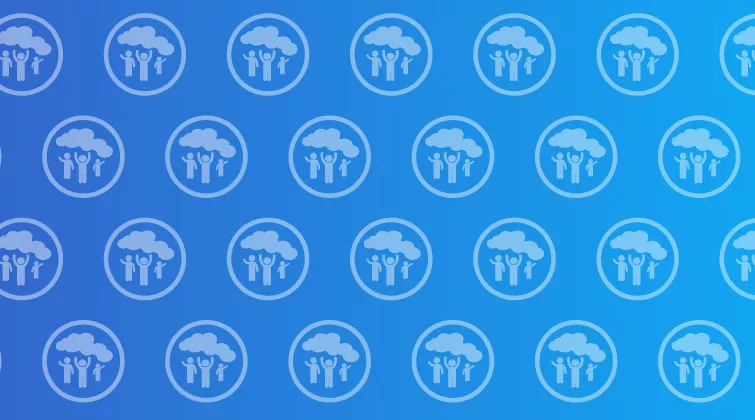
Paediatricians at the Royal College of Paediatrics and Child Health (RCPCH) highlight their concerns this week in a newly updated position statement, which summarises recent scientific evidence on the child health impacts of air pollution. They call for stronger government and local authority action to tackle air pollution, focusing on combating top UK sources of two of the most harmful pollutants: PM2.5 and nitrogen dioxide.
Air pollution poses severe risks to children's health. PM2.5, one of the most harmful air pollutants, can be breathed deep into the lungs and absorbed into the bloodstream, affecting children’s developing organs, exacerbating respiratory and cardiovascular diseases, and increasing the chance of developing long-term health conditions in adulthood.
Children are especially vulnerable to air pollution because they inhale more air than adults in proportion to their body weight, breathe closer to ground-level sources of air pollution such as vehicle exhausts, and are less able to control their exposure than adults. Exposure to air pollution doesn’t just affect physical health. It has also been linked to slower response times and decreased attentiveness school children, as well as serious mental health problems such as psychosis.
Recent studies showed that 86% of new schools being built in England are in unsafe air pollution areas, while in 2018 UNICEF found that children in around 2000 London schools and nurseries were being exposed to illegal levels of nitrogen dioxide pollution. However, a lack of monitoring around UK schools means that many more children may be exposed to harmful levels of air pollution throughout the school day.
RCPCH’s newly updated position statement summarises recent research on how indoor and outdoor air pollution impact child health and calls for bold but necessary policies to improve air quality, especially in and around schools and hospitals.
The statement highlights the following key recommendations:
- Protecting children in schools by monitoring air quality and empowering local authorities to act when pollution exceeds limits.
- Enacting a Clean Air Act (Ella’s Law) to establish a legal right to clean air across all four nations of the UK and committing to the WHO Air Quality Guidelines.
- Implementing and expanding Awaab’s Law to protect private renters from hazardous living conditions, such as damp and mould.
- Investing in sustainable transport to ensure half of urban journeys can be walked or cycled by 2030, with accessible public transport for all.
- Phasing out domestic wood-burning in urban areas while supporting rural residents and those in fuel poverty to transition to cleaner heat sources.
You can read RCPCH’s updated position statement and recommendations here.
RCPCH VP for Policy & Paediatric Respiratory Consultant, Dr Mike McKean, said:
This year air pollution has officially overtaken high blood pressure and smoking as the leading contributor to global disease. Exposure to air pollution is now the second leading risk factor for death in children under 5, both globally and in the UK. As a consultant in respiratory paediatrics, I am especially concerned about the impact of air pollution on a child’s developing lungs.
Breathing dirty air as a child irreversibly stunts lung growth and continues to affect lung capacity in adulthood, in some cases it can even result in death. RCPCH’s updated position statement details the tragic cases of Ella Kissi-Debrah, who died as direct result of asthma caused by air pollution, and Awaab Ishak, who died as a result of complications associated with mould in his home. As paediatricians we want to ensure that no child should suffer as Ella and Awaab did.
Our new recommendations that promote clean air both outside and inside the home can help our children to stay in school and out of hospital and reduce pressure on the healthcare system. Immediate action is needed to make the UK – and indeed the planet – a safer place for every child and young person.
Dr Emily Parker, RCPCH Clinical Fellow, Paediatric Junior Doctor and one of the position statement’s authors, said:
As a doctor working in paediatric A&E, I see the impacts of air pollution on children during almost every shift. I want to protect them from this avoidable harm, but there is a limit to what I or any clinician can do through clinical work.
That’s why we’re calling on the government to prioritise taking national action and tackle the top causes of PM2.5 and nitrogen dioxide, the two air pollutants that are most harmful to children’s health. In 2021, the World Health Organisation (WHO) outlined new, evidence-based targets for these pollutants, yet the government has not yet committed to meeting these guidelines, which are aimed at protecting human health. Air pollution limits across the UK are currently set dangerously high, often at 4 times WHO guidelines. As of yet, no government plan is in place to reduce these levels.
Tackling air pollution requires a cross-governmental approach so our recommendations are aimed at specific departments such as transport, education, and housing. If the UK Government is serious about raising the healthiest generation ever, then it must take both indoor and outdoor air pollution seriously. The solutions we have laid out today are both child first and community focused, with the aim of protecting us all, especially our children, from the dangers of dirty air.










